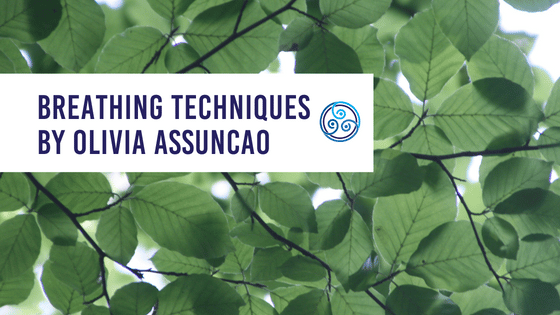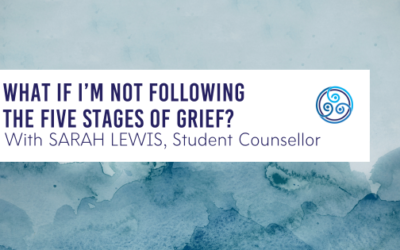– Post written by Olivia Assuncao, C.C.C., R.M.F.T.
Breath is so fundamental and automatic that we sometimes forget how much control we actually have over our breathing. Our breathing regulates our heart rate and can increase or decrease the perception of anxiety or panic we are feeling.
Breath tightens our chest or expands with ease, it can loosen our shoulders, and can indicate relief or it can alert us to terror with shallow breathing and holding our breath. Our breath lets us know if we feel safe or if we are in need of protection. Our mind sometimes responds to the cue of our breathing and this feedback loop can serve to help us regulate our emotions or intensify them! The good news is we have some control through the use of Breathing Techniques.
Here are some Breathing Techniques that can help us to manage symptoms of anxiety, an increase in stress like transitions, new job, new home or panic attacks.
Box Breathing/Square Breathing
Box breathing can be really helpful to manage panic attacks. Box breathing is a familiar type of stress management exercise. If you’ve ever found yourself inhaling and exhaling to a rhythm while you run or listen to music, you’ve taken the first steps. Box breathing is a type of paced breathing that follows a certain rhythm, and it can help you to minimize stress.
It’s very simple:
- Breathe in for four seconds
- Hold for four seconds
- Breathe out for four seconds
- Hold for four seconds
- Repeat
Breathing Technique #2 4 – 7 – 8 Breathing
Ideally, sit with your back straight. Place the tip of your tongue against the ridge of tissue just behind your upper front teeth, and keep it there through the entire exercise. Exhale through your mouth around your tongue; try pursing your lips slightly if this seems awkward
Step #1 – Breathe in, to the count of 4
Step #2 – Hold your breath to the count of 7
Step #3 – Breathe out to the count of 8
This exercise is a natural tranquilizer for the nervous system. Unlike tranquilizing drugs, which are often effective when you first take them but then lose their power over time, this exercise is subtle when you first try it but gains in power with repetition and practice. Try this skill whenever anything upsetting happens – before you react. Try it whenever you are aware of internal tension.



